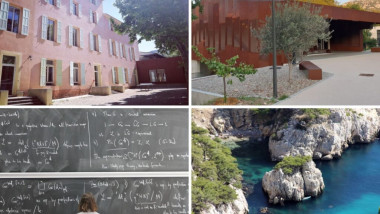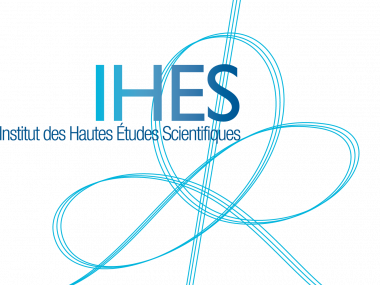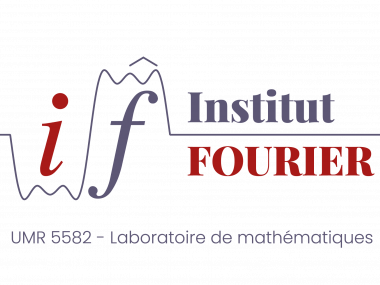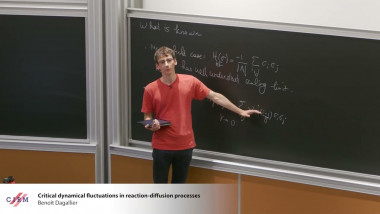
Critical dynamical fluctuations in reaction-diffusion processes
By Benoît Dagallier

Harmonic maps in high-dimensional spheres, representations and random matrices (4/4)
By Antoine Song

Harmonic maps in high-dimensional spheres, representations and random matrices (3/4)
By Antoine Song

Harmonic maps in high-dimensional spheres, representations and random matrices (2/4)
By Antoine Song
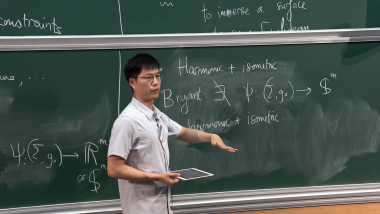
Harmonic maps in high-dimensional spheres, representations and random matrices (1/4)
By Antoine Song


